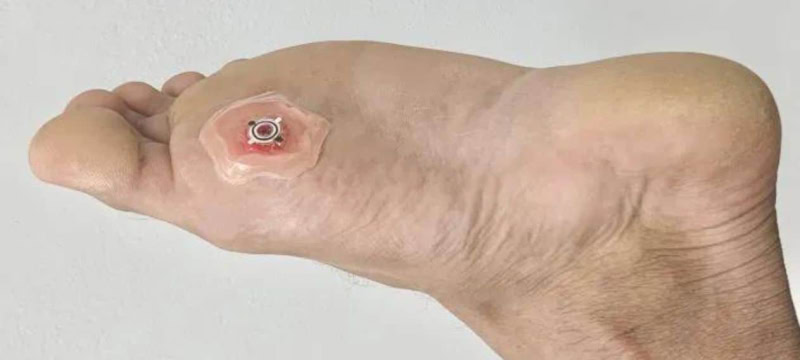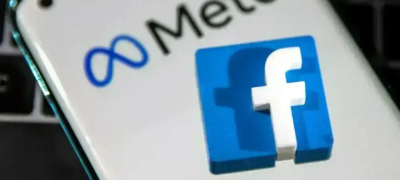Researchers at North Carolina State University have developed a cost-effective bandage that speeds up the healing of Chronic Wounds using an electric field.
These electric bandages helped wounds on animals heal 30% faster than those treated with traditional bandages.
The high cost of current chronic wound treatments makes them challenging to manage, adding further difficulties for patients.
Read more: Realme is Set to Reveal the World’s Fastest Charging Technology at the 828 Fan Festival
Amay Bandodkar, co-corresponding author of the study, stated, “Our aim was to create a much more affordable technology that accelerates healing in patients with chronic wounds.”
The team also wanted the technology to be accessible for home use, not just in clinical settings.
To address this, they developed water-activated, electronics-free dressings (WPEDs). These disposable bandages have a small, biocompatible battery on one side and electrodes on the other.
A drop of water applied to the wound activates the battery, generating an electric field that aids healing for a few hours.
Co-first author Rajaram Kaveti explained, “The electric field is crucial because it’s well known that electric fields speed up the healing of chronic wounds.”
The flexible electrodes allow the bandage to conform to the wound’s surface, which is often deep and irregular.
“This flexibility is essential because we want the electric field to move from the wound’s edges toward its center,” Kaveti said.
For the electric field to be properly focused, the electrodes must contact both the wound’s edge and center.
The wound dressings were tested on diabetic mice, a standard model for human wound healing. The device’s electrical stimulation significantly accelerated wound closure, promoted new blood vessel growth, and reduced inflammation, indicating overall enhanced wound healing.
The study found that mice treated with WPEDs healed approximately 30% faster than those treated with conventional bandages.
WPEDs are designed for easy and quick application, allowing patients to receive treatment at home while continuing their daily activities.
This convenience reduces the likelihood of patients missing sessions or taking shortcuts, improving adherence to the treatment plan and overall outcomes.









